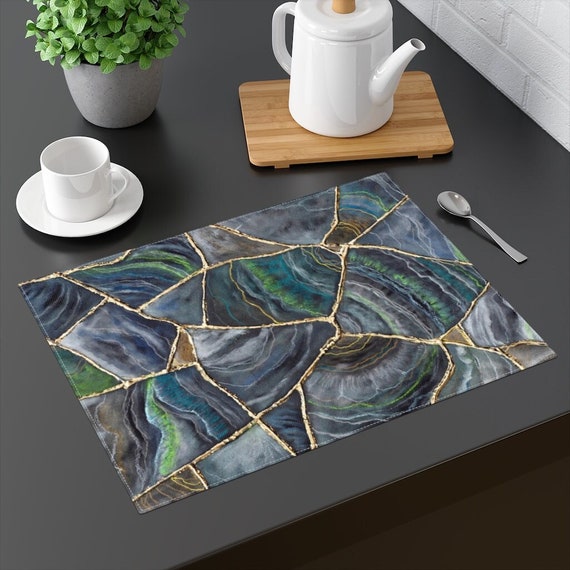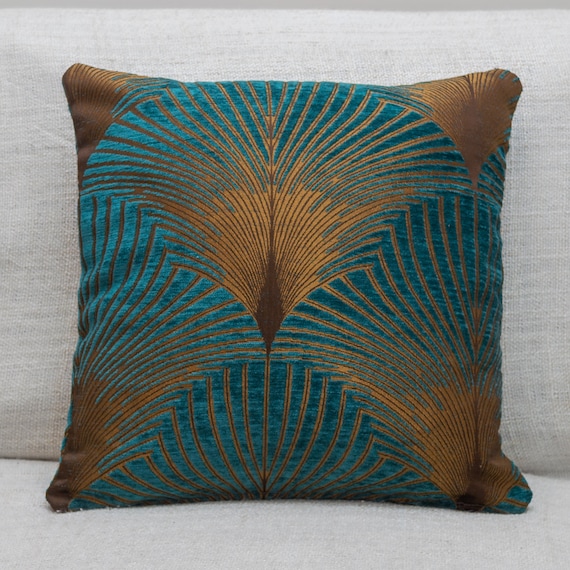The Best Guide To Top News Sites
The Best Guide To Top News Sites
Blog Article
Not known Facts About Unique Art
Table of ContentsLittle Known Questions About Unique Art.Some Known Questions About Unique Art.The Main Principles Of Unique Art Not known Facts About Unique Art
While one might question which art type holds precedence, the fact stays that each of these seven kinds offers a special window right into human history, society, and advancement. They are the tapestries that chronicle our trip, advising us of our past while motivating visions for the future.Fantastic art work narrates, makes people look two times, and develops an unique experience that can't be matched. Art and images communicate all of that with color, shape and other layout elements. Discover how to make your unique art work stand out from the crowd.
3 Emil DervishIn this entryway by Emil Dervish that gorgeous cobalt blue door swipes the show. To bring even much more dramatization, he prolonged the paint. to the doorframe and the wall up, ending up in an arched shape. The curves, along with a spherical sconce, soften the sides - Unique Art. Then structures classic posters and maps of beloved places set the scene.
8 TRIA GIOVANEqual parts grand and laidback, this entrance hall made by Anthony Baratta is the ideal plan to follow if you're embellishing a formal entrance that still really feels unfussy and comfy. Patterned fabrics take spotlight (see the carpetings and the couch), yet they likewise aid bring the high ceilings to a human range when hung over wallpaper.
Some Known Facts About Unique Art.
18 Heidi Caillier DesignA gallery wall surface does not need to take up the whole room. Actually, sometimes a small one can make a bigger style statement. In this living area, Hiedi Caillier went with micro-mini frames and an arbitrary composition. Ad - Continue Analysis Below19 Stephen Kent JohnsonDesigner Juan Carretero chose a deep eco-friendly paint color to contrast with the light wood surfaces.
, the expression of concepts and feelings, with the development of particular aesthetic qualities, in a two-dimensional visual language. The components of this languageits forms, lines, colours, tones, and texturesare made use of in various means to produce sensations of volume, room, movement, and light on a flat surface area. These components are combined right into expressive patterns in order to stand for actual or mythological sensations, to interpret a narrative style, or to produce wholly abstract aesthetic partnerships.
Later the notion of the "great artist" developed in Asia and Renaissance Europe. During the 19th century painters in Western cultures started to lose their social position and safe and secure patronage.
Some Ideas on Unique Art You Need To Know
Others gained an earnings via exploring exhibits of their job. The need to attract an industry had changed the comparable (if less impersonal) demands of patronage, and its visite site impact on the art itself was possibly comparable as well. Unique Art. Generally, artists in the 20th century might reach an audience only with industrial galleries and public museums, although their work may have been sometimes duplicated in art periodicals
, also when a painting's narrative symbolism is odd.
Do not duplicate the style of various other artists if you're attempting to discover your design. Duplicating other individuals's artwork can be fantastic in instructional objectives but it will not make you closer to discovering your own distinct style. Your creative style needs to be, what you such as and what influences you.

Everything about Unique Art
You need to try lots of various choices and check out everything before you can concentrate on one certain style or you'll be tired, or worse, you'll dislike your own style. So I recommend you to try each and every single subject that you want, explore as high as you can. Try different mediums that delight you and new techniques you have actually never ever attempted before.
With time you'll be able to arrange all of them into your favorite and least preferred classifications. Attempt to focus your interest on the subjects and mediums that go now you like and before you see it coming you'll have your very own personal and one-of-a-kind style, like no one else have! In the end you'll have a couple of favorite topics to paint and possibly a couple of preferred mediums.

Report this page